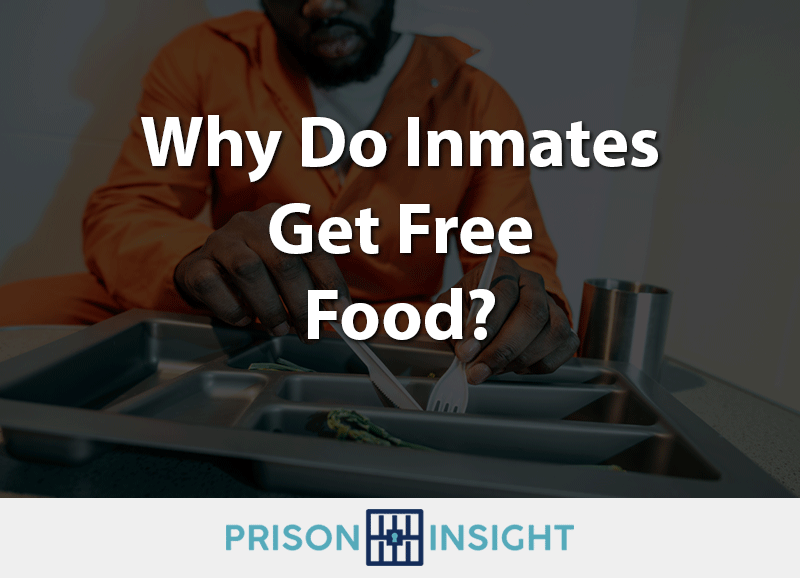I recently celebrated the third anniversary of the day I walked out of prison. I spent four years at the Women’s Eastern Reception, Diagnostic, and Correctional Center in Vandalia, Missouri, for a first-time, non-violent, marijuana offense, and my time behind bars opened my eyes to the realities of the United States prison system.
I have to admit, before I got caught up in the criminal justice system, I had different views about crime, prisons, and the people who are behind bars. I grew up in a conservative family who had a, “tough on crime,” attitude, and who had no problems with corporal or capital punishment.
I was led to believe by the influences in my life – everyone from my parents to the media – that the people who were behind bars deserved to be there. At the same time, I often heard complaints about the annual cost of incarcerating just one person, which can often be higher than the $50,000 mark.
The United States has just five percent of the world’s population, but we have 25 percent of the world’s prison population. With more than two million people in prisons around the country, our mass incarceration policies can get pricey for the American taxpayer.
So, why in the world does it cost so much to house a prisoner? And, why do they get free things like: a roof over their head, three meals a day, a TV to watch, and a gym to workout in? The life of a prison inmate is a life of leisure, right? There are no bills to pay, no responsibilities to take care of, and everything in life is provided.
Yes, I believed many of these things before I was locked up, but now I know the truth. People in prisons are human beings. As such, they still have rights as humans..
This leads us to today’s blog topic: Why do inmates get free food?
This blog post will cover the following topics:
- The responsibilities of the state when they incarcerate someone
- What is prison food like and how are inmates fed?
The responsibilities of the state when they incarcerate someone
When the state or federal government decides that a person needs to be incarcerated because they are a threat to society, they take on the responsibility of caring for that person. Once a person is incarcerated, they have no way to earn enough money to support themselves and the taxpayers have to pick up the tab.
Inmates are provided free food because they can’t afford to eat otherwise. Even though inmates may have done something that was in violation of the law, they are still human beings and they have certain rights.
Things that would be considered cruel and unusual, like starvation, are not allowed in institutions such as jails or prisons as it would be detrimental to the health and welfare of the offenders.
The state is responsible for an inmate’s welfare throughout the duration of their incarceration, but they only provide the absolute minimums. They are provided thin mats on a steel or concrete platform to sleep on, basic hygiene items, a limited amount of state clothing, and the “food” you will never come across.
What is prison food like and how are inmates fed?
It’s no secret that prison food isn’t good, but it’s difficult to explain just how horrible it is. Instead of taking advantage of the horticulture programs in prisons and the massive amounts of land they could use for gardening and farming and provide fresh food for the camp, prisons contract with various vendors and buy mass quantities of packaged, processed food that is loaded with carbs and sodium.
There is no taste and is considered incredibly unhealthy. There is a long-running rumor in prisons that the food labels in prisons say “not for human consumption.” I worked in the food service warehouse and prison, but I never saw this label. Still, that doesn’t mean the rumor isn’t true.
According to regulations, the quality of the food provided in prisons must meet a certain standard to make sure that it is safe to ingest. Obviously, for monetary reasons, the food is not top of the line and amazingly delicious.
Each tray is required to have a certain amount of each food group to meet health standards, but there is a certain amount of filler mixed in with most meats in order to make it go further.
As for how inmates are fed, it depends on the security level of the institution and if the inmate is in the general population or in segregation. For inmates that are locked down in maximum-security or in segregation, meals are prepared in the kitchen, and delivered to the cells.
In prisons where there is more freedom of movement, offenders go to a cafeteria or “chow hall” where they go through a line to get their tray. Then, the inmate will find a table with an empty seat so they can eat. When they are done, they leave their empty tray in a window to the dish room where the trays are washed and reused at the next meal.
It’s basically a large cafeteria that has dozens of workers who feed hundreds of people.
If you are a former inmate, have you seen the mythical “not for human consumption” food label? Let us know in the comments below.
Sources: Inmate interviews at WERDCC in Vandalia, MO
